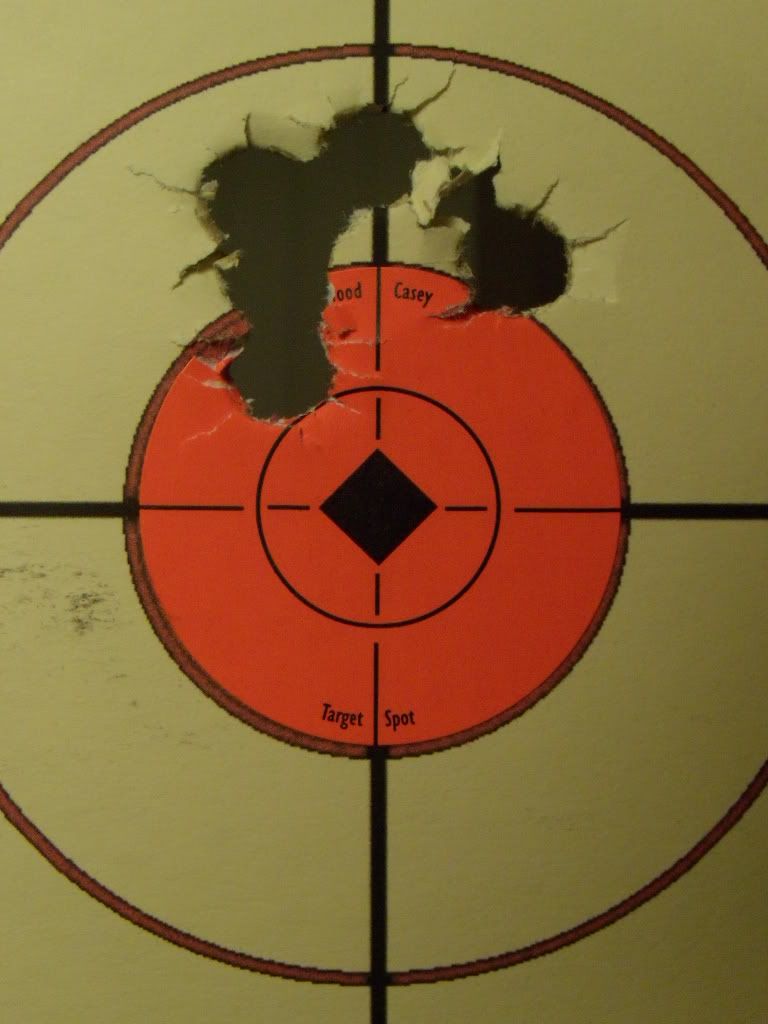I have a 54 cal. Navy Arms 1803 Harper's Ferry (EuroArms of course) that consistently shoots 1 inch groups at 50 yards. However, I have put a great deal of work into it to get it to that point. Perhaps that is the case with many production flintlocks, but I wouldn't know as I have but Onegun. (Well...just one muzzle loader). I have:
1. done a much needed trigger job 2. replaced the rear sight with a primitive "Pennsylvania Curl Top" from Dixie gun works 3. hardened the frizzen 4. coned the vent liner. 5. Fire lapped the bore to smooth out very sharp lands and numerous tool marks. 6. filed the back of the front sight to get rid of an angled portion at the top, rear of the sight.
By the way, it would take a tape measure to tell that it is not an exact replica of the "type II" 1803. It follows the pattern of the 2nd run of 1803s that were produced around 1813...hence the 35.5 inch barrel. The ramrod is also brass at the end instead of iron.
My Navy Arms 1803 also has an especially noteworthy peculiarity that makes me hesitant to recommend them to anyone. The grooves are very shallow...about .003. This does not seem to affect the accuracy, but it is odd nevertheless and no doubt many people on this website are sick of hearing about it! The bore is also .005 oversized (.545)
I have absolutely no ignition problems, but do have to notch the back of most flints to make them fit properly. This is a common problem with Italian flintlocks. If you have the time and ability to work on it, and want a long barreled, slow twist flintlock (1 in 72)that is beautifully balanced like the original, then you might try to find a used Navy Arms 1803 (as manufactured by EuroArms.) Of course EuroArms is now out of business, and it remains to be seen who will provide spare parts. I like my 1803, but then I like to tinker with a rifle. Then it is like a wayward child that you love all the more for their imperfections.






